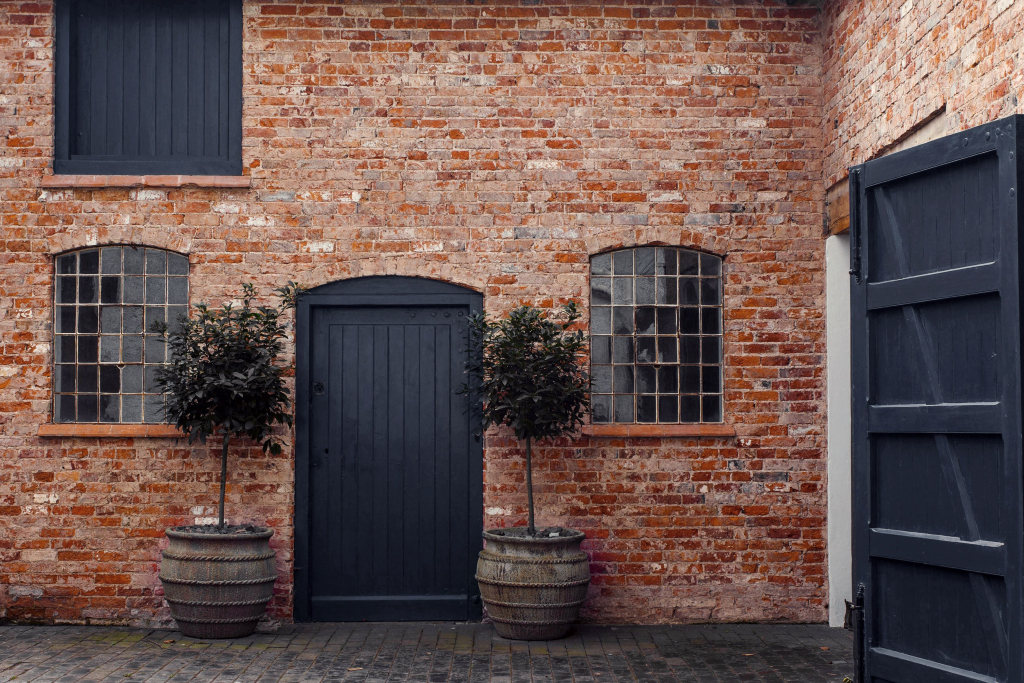When it comes to painting, “dry to the touch” doesn’t always mean “ready for action.” Chatting with Anna from Fenwick & Tilbrook, she explains why patience is key when it comes to letting your paint properly cure – and how timing can make the difference between a flawless finish and a frustrating need to re-do!

Q: My water-based paint feels dry within an hour. Can I move furniture back or shut windows straight away?
Anna: It’s true that water-based paint can feel dry to the touch in as little as an hour. But this “touch dry” stage is only the start…The paint film is still soft underneath and needs time to harden – a process called curing.
Q: What happens if it rains soon after painting outside?
Anna: If you paint your windows and it rains just two hours later, the surface may have felt dry, but it won’t yet have cured. This means moisture can still penetrate, potentially causing damage or poor adhesion. That’s why it’s best to paint outdoors when you know you’ve got a few mild, dry days ahead — so the paint can fully dry through before it has to resist water.
Q: How long does curing actually take?
Anna: For context, when we have our paint tested for “scrubbability” in a lab, it is applied in controlled conditions and left to cure for 28 days at around 23°C. Only after that time – once the surface has fully hardened – is it tested with 200 cycles of abrasive scrubbing. This shows just how much strength paint develops over that curing period.
Q: So, what’s the takeaway for DIY painters?
Anna: Be patient! Even though paint might look and feel dry quickly, giving it time to fully cure will protect your finish, help it resist moisture, and keep it looking beautiful for years to come.